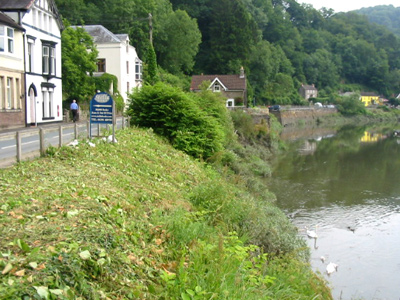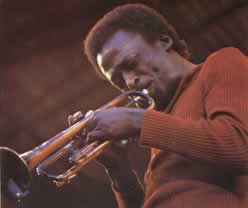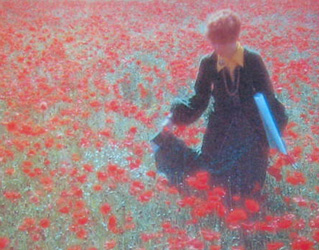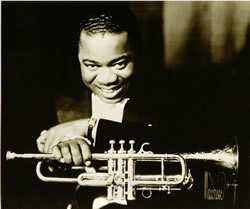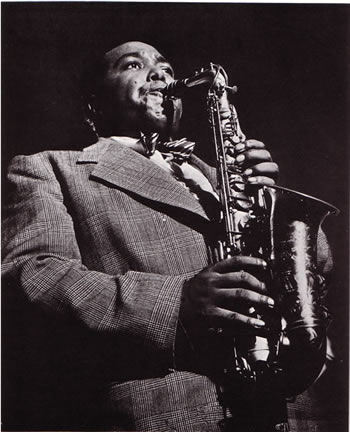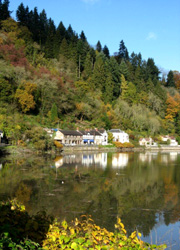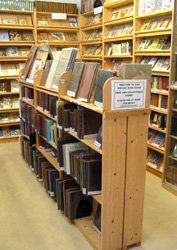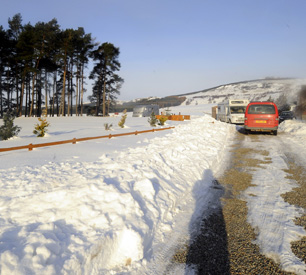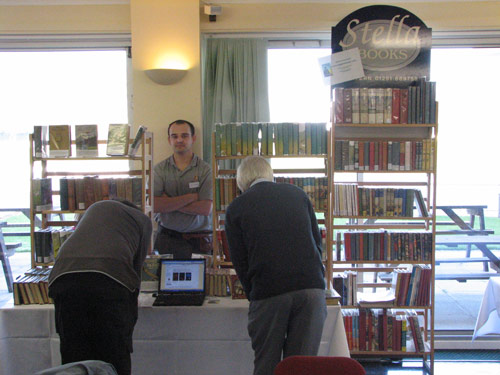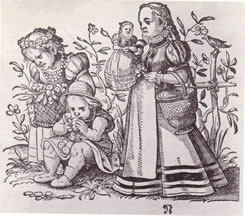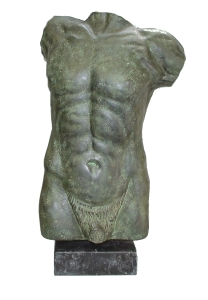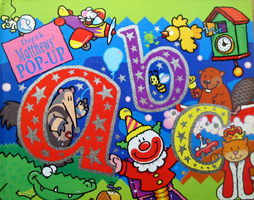A.A. Milne
Born on the 18th January 1882, Alan Alexander Milne was the third son of J.V. Milne, headmaster of Henley House, private school for boys. At an early age he became an avid reader, even submitting stories and verse to magazines, although none were accepted. Aged 11, he won a scholarship to Westminster School, and in 1900 went to Trinity College Cambridge, to read mathematics. Here he formed a desire to make people smile and laugh, believing that to be serious was not on!
However in 1902 he became editor of the undergraduate journal Granta, and, after graduating in 1903, began to contribute regularly to Punch where, in 1906, at the age of 24, he was offered the post of Assistant Editor. He wrote witty and humorous articles and the Punch readers loved them, and indeed many other writers tried to copy his style, although never as successfully.




